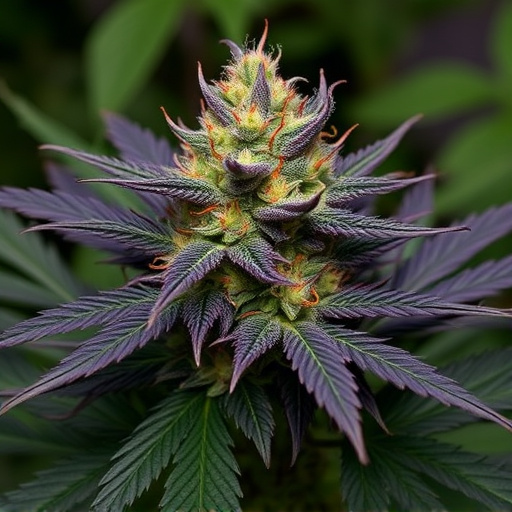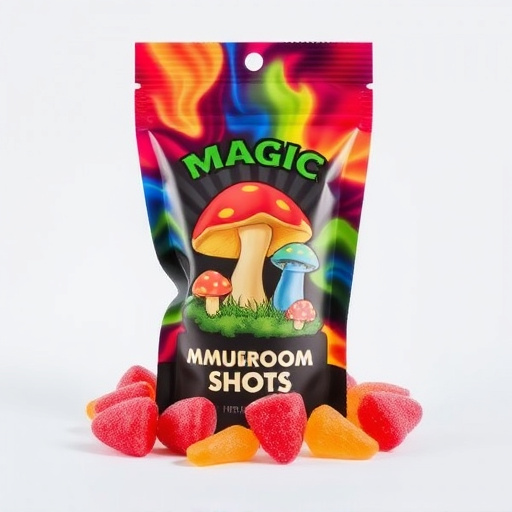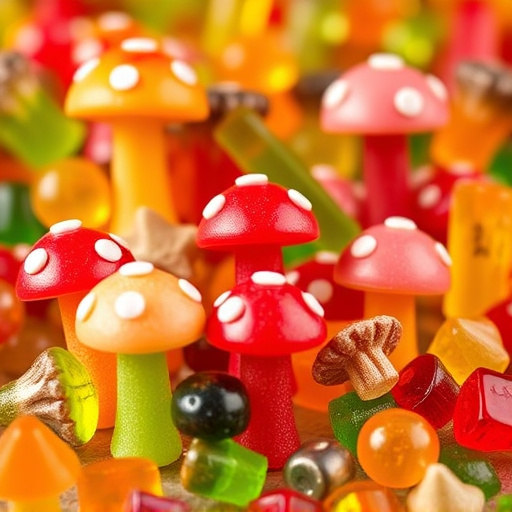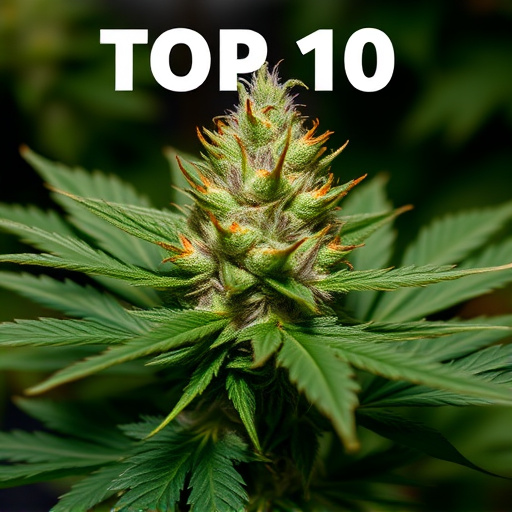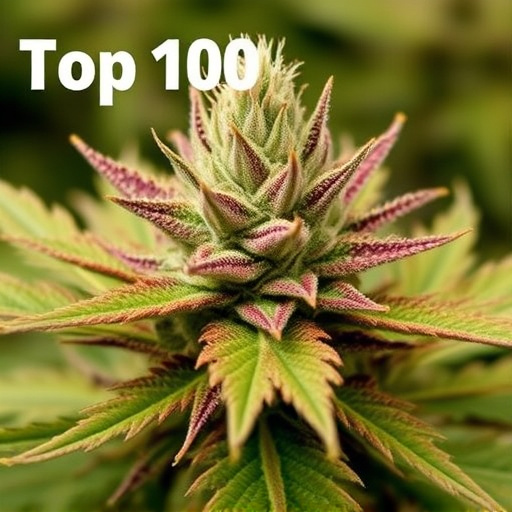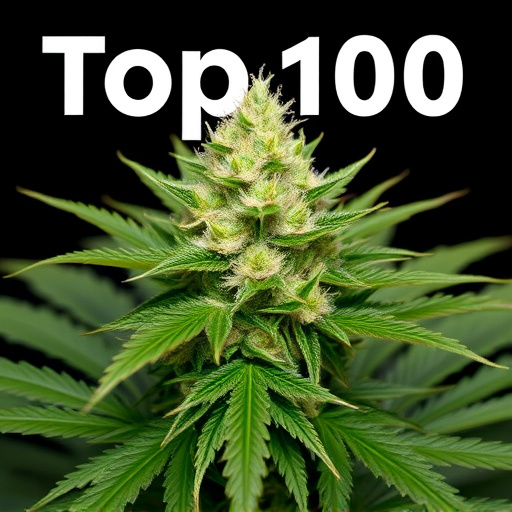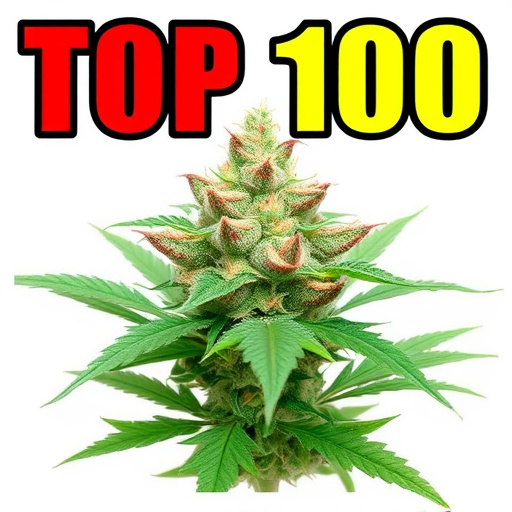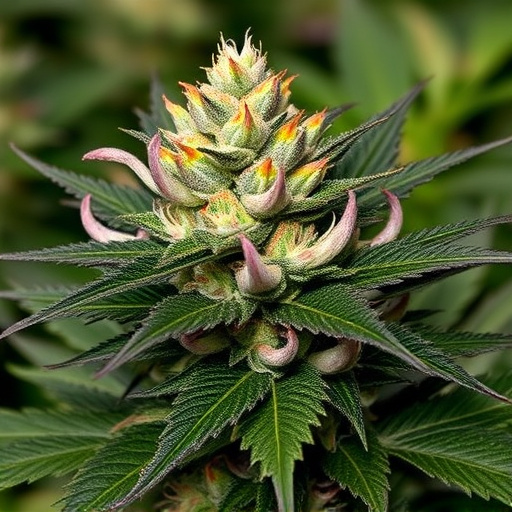Cultivators aiming to produce premium top 100 cannabis strains must understand ideal growth conditions, as environmental factors significantly impact plant health and final product quality. Key elements include temperature (70-85°F/21-29°C daytime, 60-70°F/15-21°C nighttime), humidity (40%-70%), lighting (LED or HPS), and soil composition. Indica strains thrive in cooler temperatures (65-72°F/18-22°C) and high humidity, while Sativas prefer warmer climates (75-85°F/24-29°C) and lower humidity. Precise control tailored to each strain's needs maximizes THC, CBD, and terpene profiles, ensuring consistent product excellence that meets legal standards.
In the dynamic world of cannabis cultivation, understanding how growing environments shape plant quality is paramount. This article explores the intricate relationship between these factors and the final product, focusing on the Top 100 Cannabis Strains and their optimal growth conditions. We’ll delve into strategies for growers to optimize quality, ensuring vibrant, high-yielding crops that meet modern market demands. From lighting to nutrition, discover how environmental nuances can elevate your cannabis cultivation game.
- Understanding the Impact of Growing Environments on Cannabis Plants
- Top 100 Cannabis Strains and Their Ideal Growth Conditions
- Optimizing Quality: Strategies for Growers to Consider
Understanding the Impact of Growing Environments on Cannabis Plants
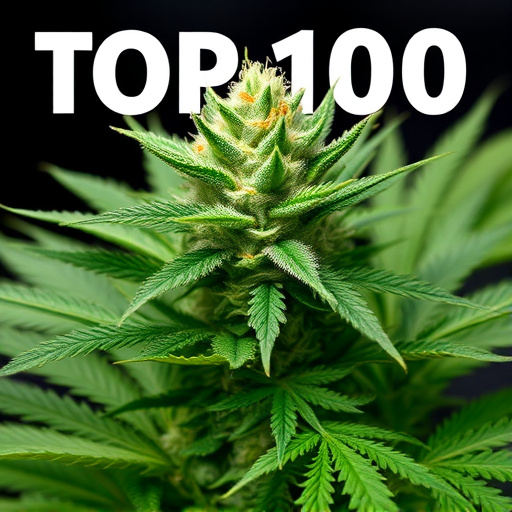
Cannabis plants, like many others, are highly sensitive to their growing environment. The interplay between factors such as temperature, humidity, light intensity, and soil composition can dramatically influence the final product’s quality and characteristics. For instance, optimal growing conditions can yield top 100 cannabis strains known for their robust flavors, high THC or CBD levels, and potent aromas. Conversely, unfavorable environments may result in plants that struggle to mature, leading to lower-quality flowers with less desirable traits.
Understanding the ideal range of each environmental variable is crucial for cultivators aiming to produce premium cannabis. For example, most strains thrive at daytime temperatures between 70-85°F (21-29°C) and nighttime temperatures slightly cooler, around 60-70°F (15-21°C). Adequate humidity levels, typically maintained between 40%-70%, support robust plant growth. Additionally, proper lighting—typically LED or HPS—ensures plants receive the right balance of light spectrum and intensity for optimal photosynthetization and cannabinoid production.
Top 100 Cannabis Strains and Their Ideal Growth Conditions

When it comes to understanding the ideal growth conditions for different cannabis strains, knowing the top 100 cannabis strains and their preferences is key. Each strain has unique characteristics that are heavily influenced by its growing environment. For instance, Indica strains like Blue Dream and Granddaddy Purple typically thrive in cooler temperatures around 65-72°F (18-22°C) with high humidity levels around 60-70%. These conditions help emphasize the relaxing and sedative effects for which these strains are known.
On the other hand, Sativa varieties like Super Silver Haze and Jack Herer demand warmer climates between 75-85°F (24-29°C) with lower humidity levels around 40-50%. This environment fosters their energizing and uplifting properties. Additionally, some hybrid strains have specific requirements that blend these ideals, such as a balanced temperature and humidity to produce a flower with ideal THC and CBD profiles. Understanding these nuances ensures cultivators can optimize the quality of their top 100 cannabis strains through precise environmental control.
Optimizing Quality: Strategies for Growers to Consider
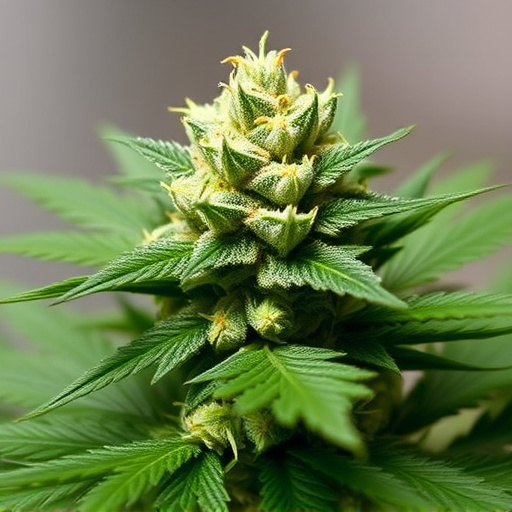
Optimizing quality is paramount for cannabis growers aiming to produce top-tier products that cater to the diverse preferences of consumers. Beyond meeting legal standards, premium cannabis should exhibit a complex aroma, balanced terpenes, and potent cannabinoids. Growers can enhance product consistency by implementing strategic cultivation practices.
Consider these key strategies: controlling environmental factors like light intensity, temperature, humidity, and carbon dioxide levels; utilizing advanced nutrient delivery systems tailored to different growth stages; incorporating innovative training methods such as topping or fanning to encourage uniform canopy development; and selecting high-quality genetics from the top 100 cannabis strains known for their desirable traits. By meticulously crafting the growing environment and adopting evidence-based cultivation techniques, growers can ensure their products meet the highest standards of quality and consistency.
In conclusion, understanding how growing environments influence cannabis quality is paramount for cultivators aiming to produce premium products. By optimizing conditions tailored to the specific needs of various top 100 cannabis strains, growers can ensure optimal terpene profiles, potent cannabinoids, and overall plant health. Implementing strategies such as precise temperature control, adequate lighting, and meticulous nutrient balancing allows for consistent, high-quality yields that meet market demands.

